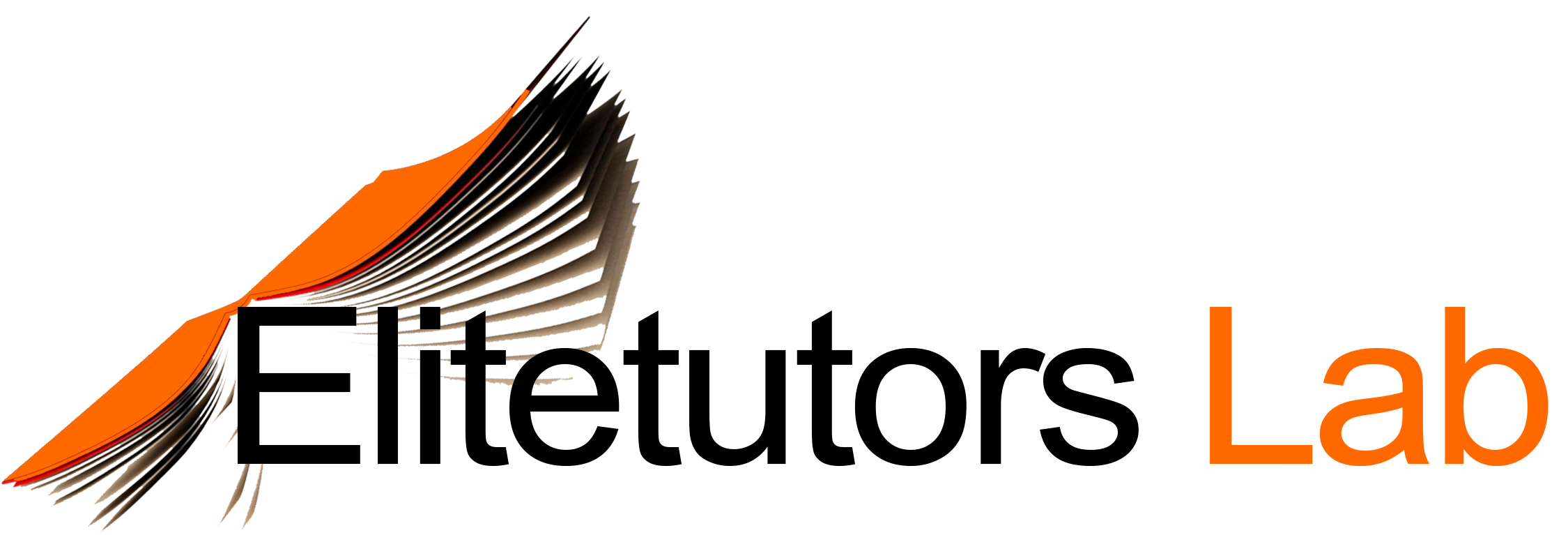The skin, or integument, is a highly complex organ that performs many necessary functions. Skin is in a sense a container; it is the outer boundary of the physical being, the major material interface between a human being and the outside world. For this discussion post, you will address how a single organ can perform such a variety of important, life-sustaining functions?
Each student will search the web using the words “histology and skin” or some variation and select a histological image (e.g., thick or thin skin):
The Integumentary system consists of the skin and its accessory organs hair, nails, and cutaneous glands. Give some detail about what image you chose (e.g., name and type).
Describe the architecture of the skin? Do you see any accessory structures? Try to include as many terms as possible from your image (Epidermis Tactile corpuscle (touch receptor) Blood capillaries Hair follicle Dermis Sebaceous gland Hair receptor Apocrine sweat gland Hair bulb Hypodermis (subcutaneous fat) Sensory Merocrine sweat nerve fibers gland Piloerector muscle Cutaneous blood vessels Lamellar (pacinian) corpuscle (pressure receptor) Motor nerve fibers)
Describe what function your choice serves in anatomy or physiology? Some examples are: resistance to trauma and infection keratin acid mantle other barrier functions waterproofing UV radiation harmful chemicals vitamin D synthesis skin first step liver and kidneys complete process sensation skin is our most extensive sense organ thermoregulation thermoreceptors vasoconstriction / vasodilation nonverbal communication acne, birthmark, or scar transdermal absorption
If appropriate, give an overview of a skin disorder and the latest key statistics on the disorder of your choice in the US and worldwide.
Did you know that effective analysis of concepts requires professionalism in handling academic research Papers? Do no compromise on your grade choose professional Research writers at elitetutorslab.com
